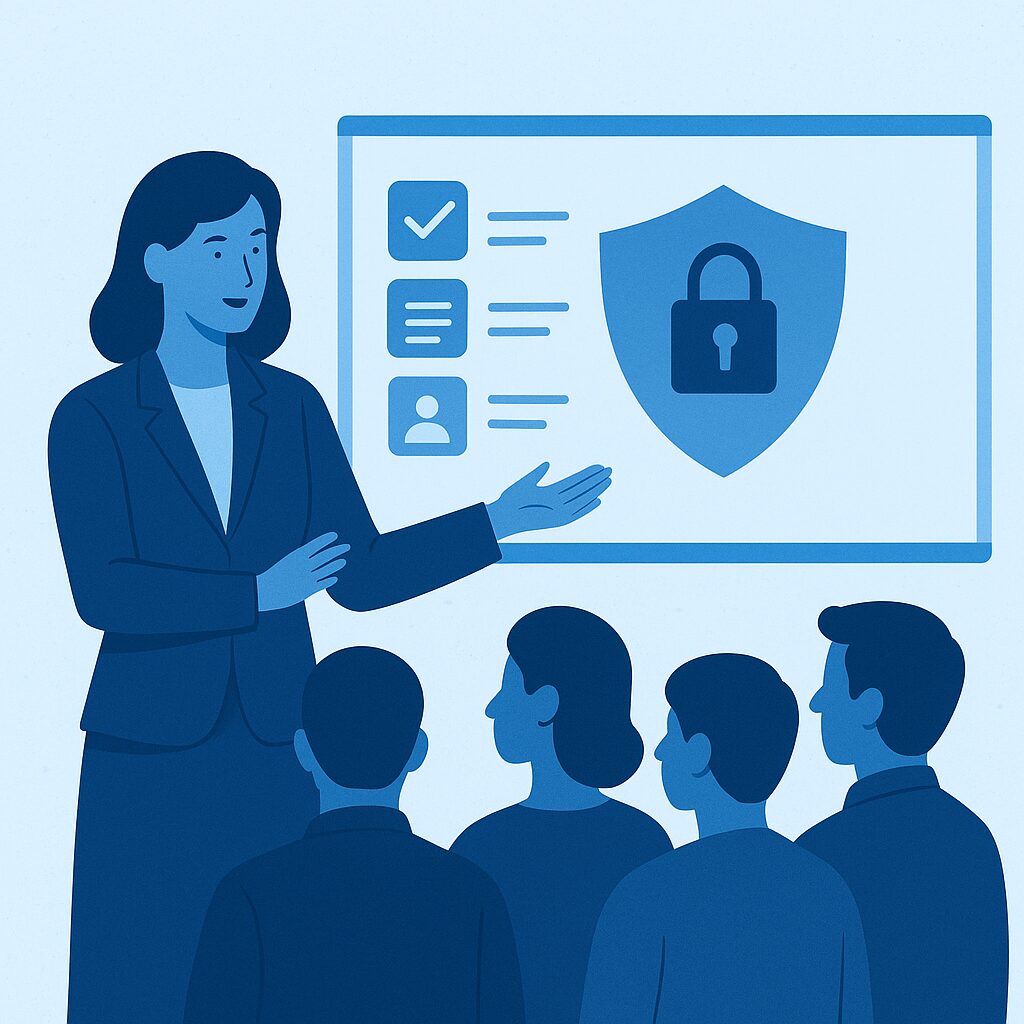Cyber threats aren’t just a technical challenge for IT teams—they’re a strategic risk that leadership must own. In today’s threat landscape, where phishing, social engineering, and human error are leading causes of breaches, the behavior of individuals across the organization matters. And that behavior starts at the top.
Leadership Sets the Tone
Organizations where leaders visibly prioritize cybersecurity consistently outperform those that treat it as a backend concern. When executives and managers:
- Factor security into their decisions,
- Communicate clearly about risks and policies, and
- Demonstrate good practices themselves (e.g., using MFA, reporting phishing attempts, not bypassing protocols)
…they create a ripple effect that permeates every team and process.
Security culture isn’t built on memos or compliance checklists. It’s modeled, reinforced, and normalized through daily leadership behaviors.
Culture Drives Behavior
Without top-down commitment, even the best awareness programs fall flat. Employees notice when there’s a gap between what leaders say and what they do. If executives click on shady links or ignore internal policies, why should anyone else care?
On the flip side, when leadership frames cybersecurity as a shared responsibility—and shows that security is part of doing business well—employees take it seriously. Security stops being “someone else’s job.”
At Zepo, We’ve Seen This Firsthand
Our work with regulated industries and global enterprises has shown one thing clearly: technical tools are only as effective as the culture around them. That’s why our platform goes beyond phishing simulations. We help organizations embed cybersecurity awareness into leadership training, manager communications, and team workflows.
We call it Social Intelligence—empowering humans at every level to make smarter, safer decisions.
Final Thoughts
Building a resilient cybersecurity posture starts with leadership. The question isn’t whether your exec team understands the threats—it’s whether they’re actively shaping the response.
How are leaders in your organization influencing security behavior?

